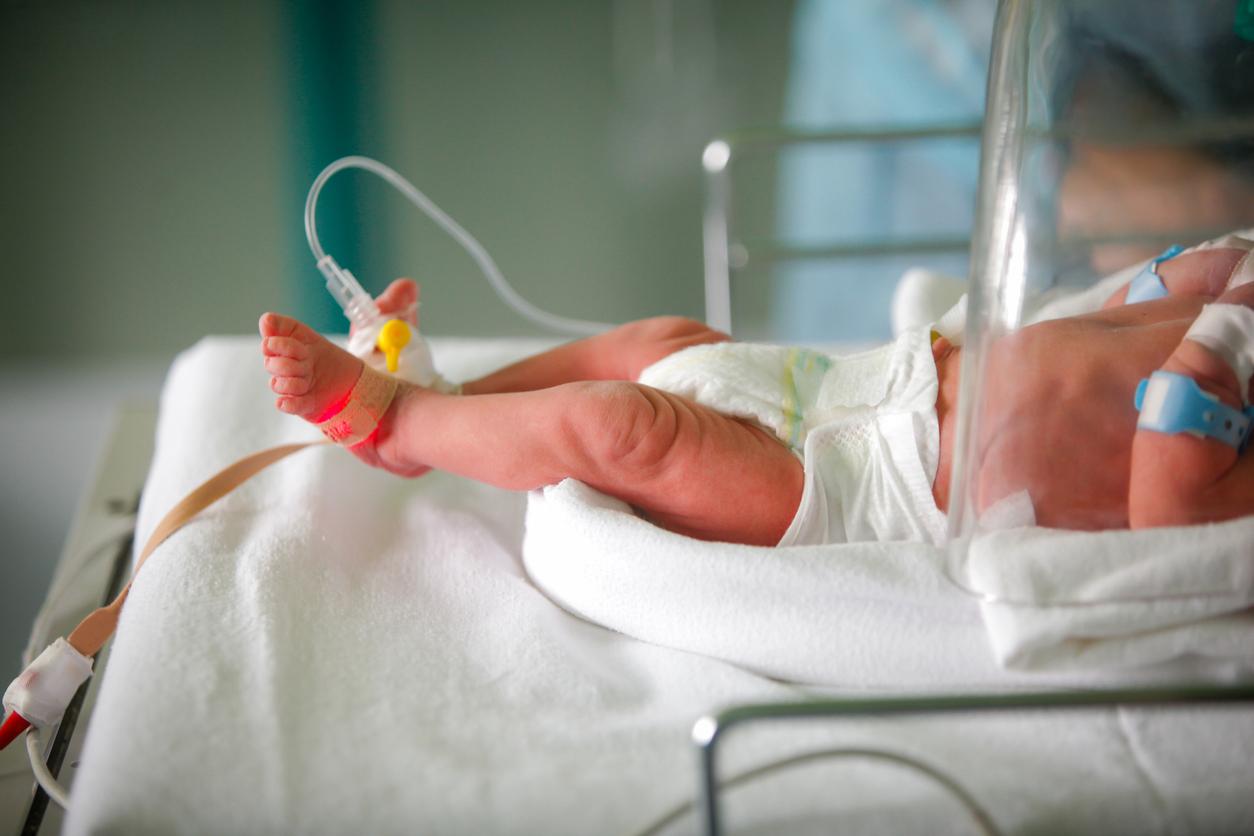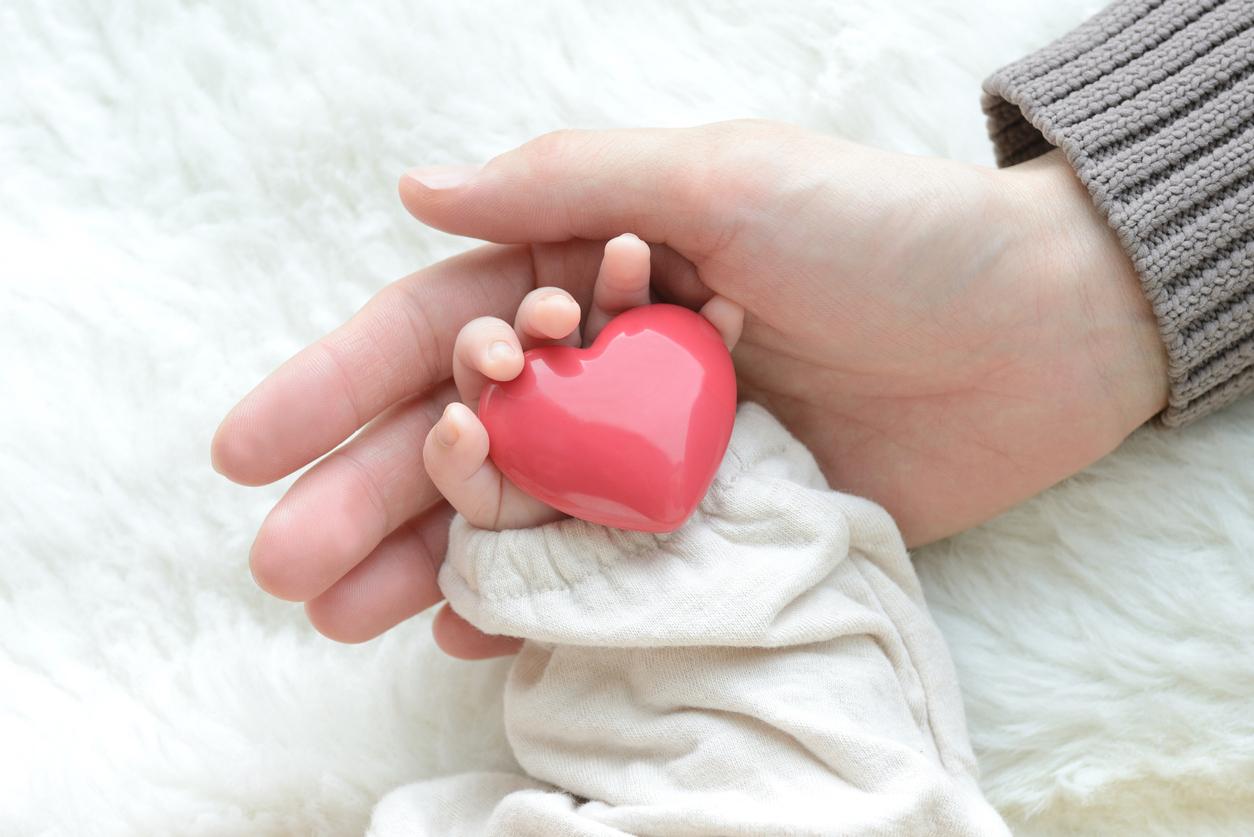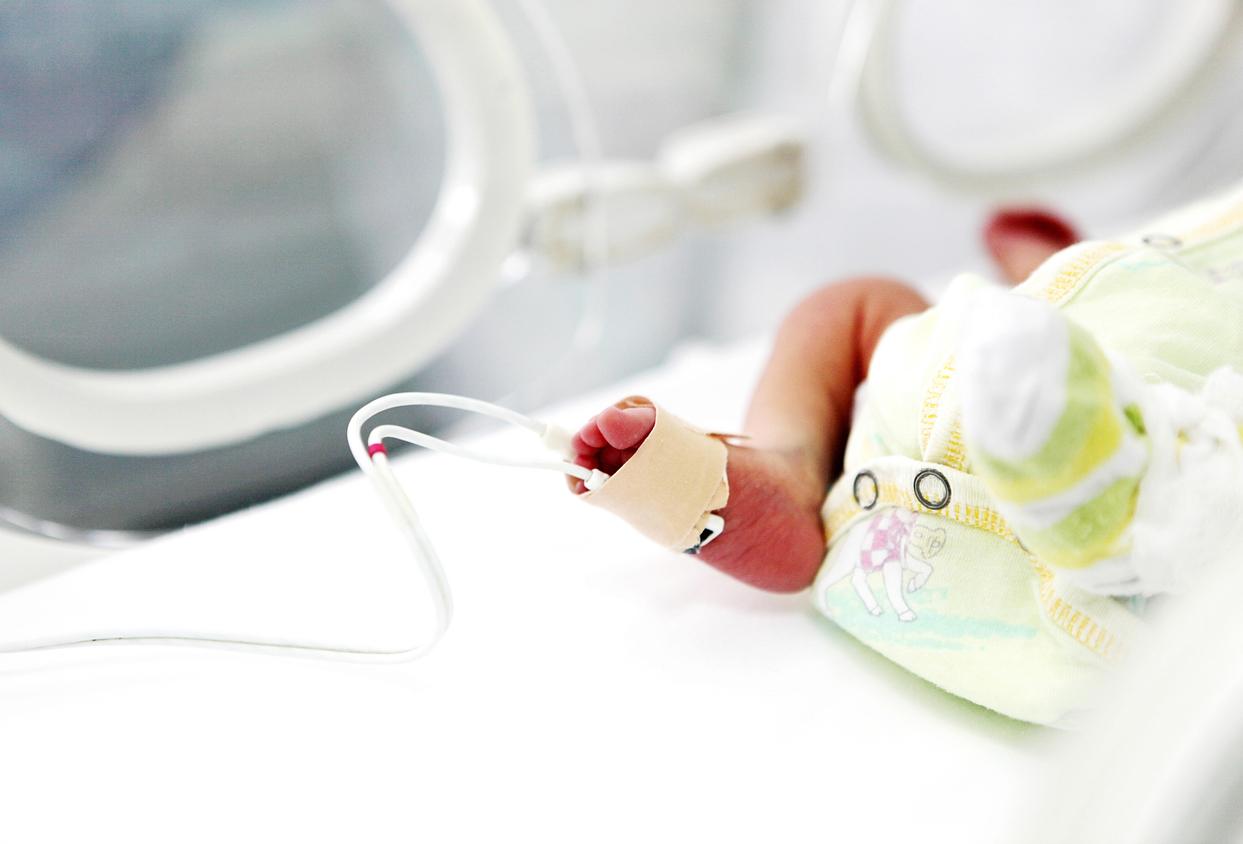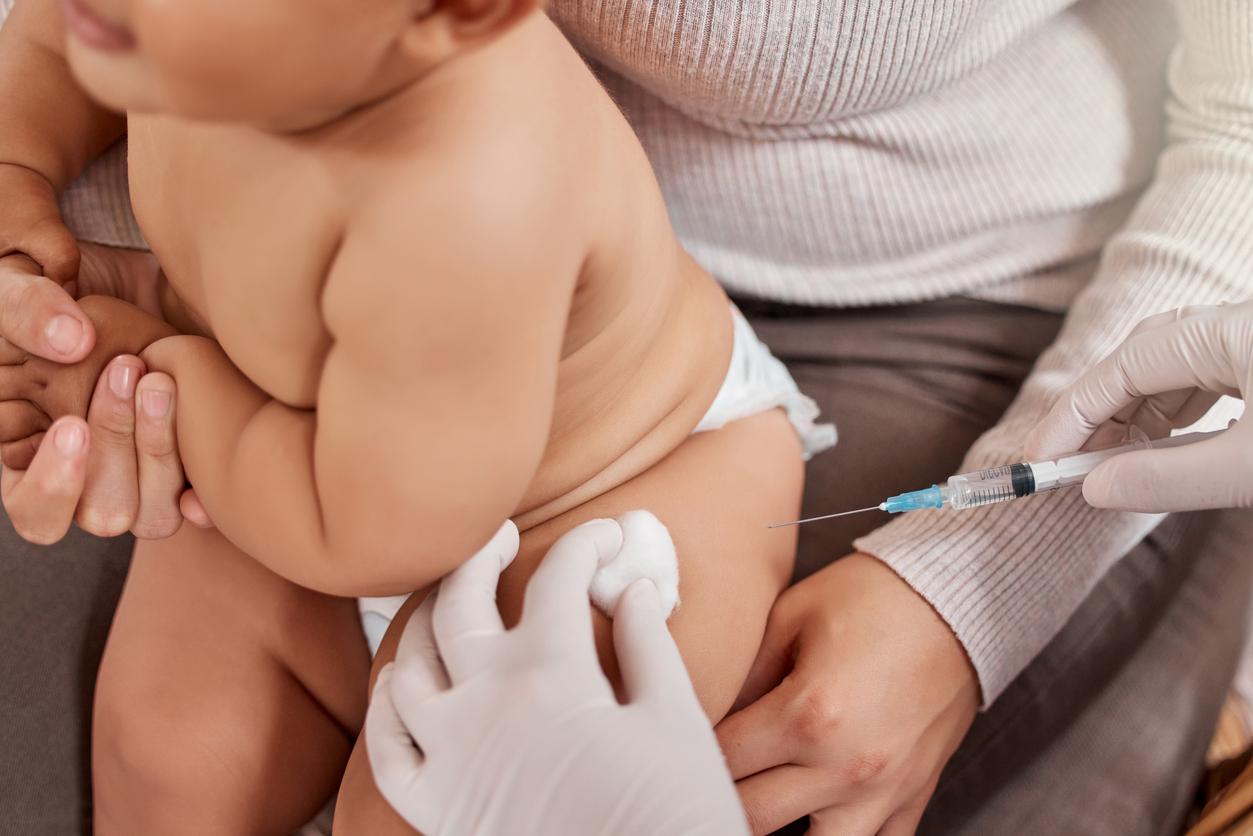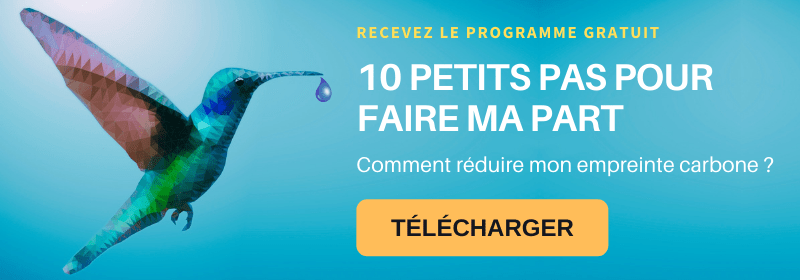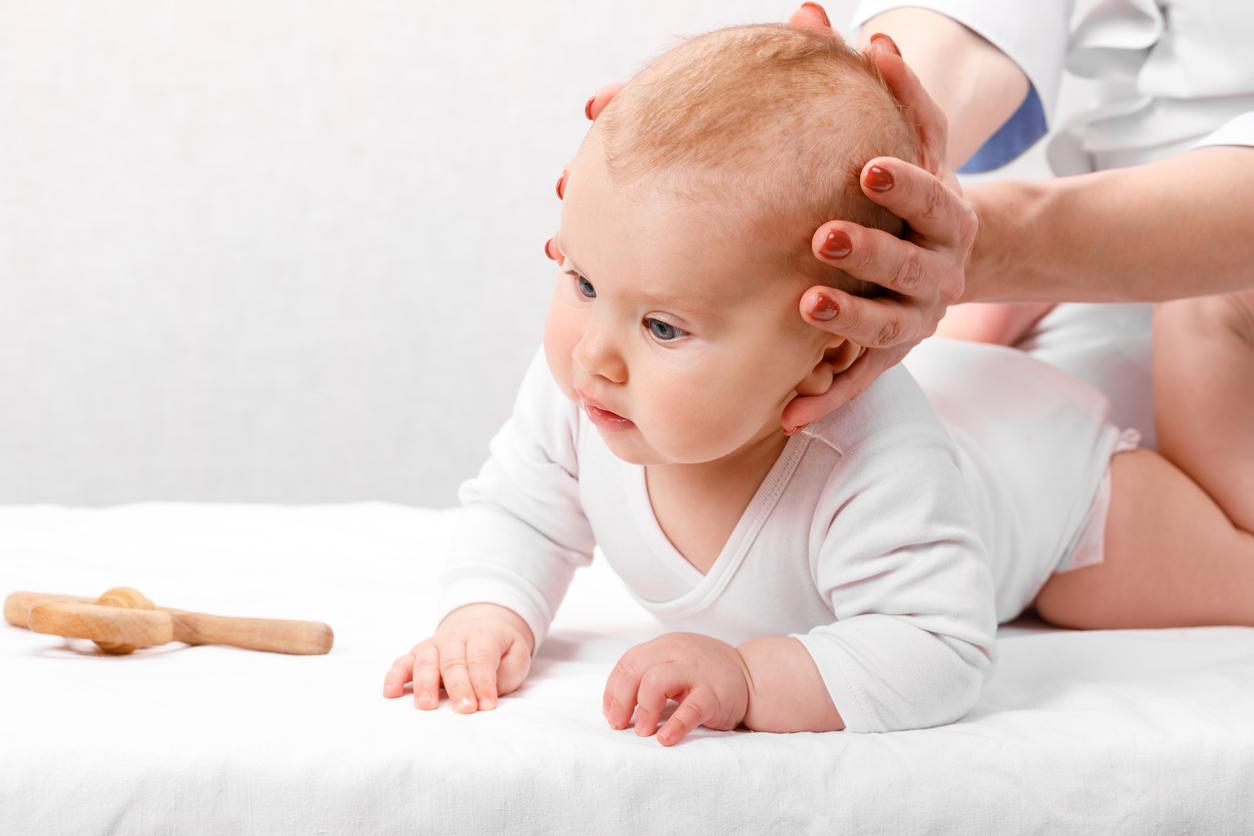The American Medicines Agency advises against the use of “anti-flat head” pillows, supposed to prevent the development of this syndrome, because they would be ineffective and could even constitute a danger for babies, with the risk of fatal suffocation.

- The recommendation to sleep on the back of babies has, since the 90s, reduced the risk of sudden death by 76% according to the High Authority for Health.
- 250 to 350 children are affected each year by sudden infant death syndrome.
Up to a quarter of young children may be affected by flat head syndrome, according to Civil hospices of Lyon. This syndrome, also called positional plagiocephaly, is a deformation of the skull that occurs from an early age and is characterized by an asymmetry giving the head an oblique shape.
Anti-flat head pillows offer no benefit
This is usually mild and may be due to a positional problem that sometimes exists from birth. However, certain factors such as uninterrupted sleeping on the back – via excessive use of “cosy” when the baby is not sleeping for example – can increase the severity of this syndrome.
Because positional plagiocephaly is scary, some parents opt for the use of devices that are supposed to prevent its development, like “anti-flat head” pillows. But, according to a press release from the u.s. drug agency (The Food and Drug Administration – FDA), their use would be ineffective and could even be dangerous for babies.
The FDA recommends that these pillows no longer be used because they are dangerous
“The FDA is not aware of any demonstrated benefit of using infant head shaping pillows for medical purposes, can we read on the FDA website. Use of head-shaping pillows can create an unsafe sleeping environment for infants and may contribute to the risk of choking and death“.
The effectiveness of these flat head pillows has never been validated by the FDA to prevent the onset of flat head syndrome: “The safety and effectiveness of these products have not been established for the prevention or treatment of flat head syndrome, or the more serious condition where the bones of the developing infant’s skull come together too soon (craniosynostosis )”. Thus, it is therefore recommended that parents no longer use these pillows.
To avoid flat head syndrome, vary the positions of the alert baby
“In the vast majority of cases, cranial deformities disappear at the age of 2 years thanks to the spontaneous mobility that must be preserved, reassure her Haute Autorité de Santé (HAS) on its website. If sleeping on the back remains the position to adopt when the infant sleeps, the rest of the time he should not be constantly immobilized to prevent him from always resting his head on the same side. On a daily basis, parents are therefore the main players in the prevention of this deformation.”.
In December 2020, HAS published a summary sheet entitled “Preventing Flat Head: Tips for Parents”. Among the advice, it is indicated to vary the positions during the activities of play on the ground, to accustom him to being on his stomach at the time of the change so that he muscles the neck and the back, etc. In case of doubt, you should consult a health professional who can establish a reliable diagnosis and appropriate care if the baby suffers from positional plagiocephaly. In any case, sleeping on the back is imperative to prevent unexpected infant death syndrome, which remains the first circumstance of death in infants aged 28 days to one year, according to Public Health France.









